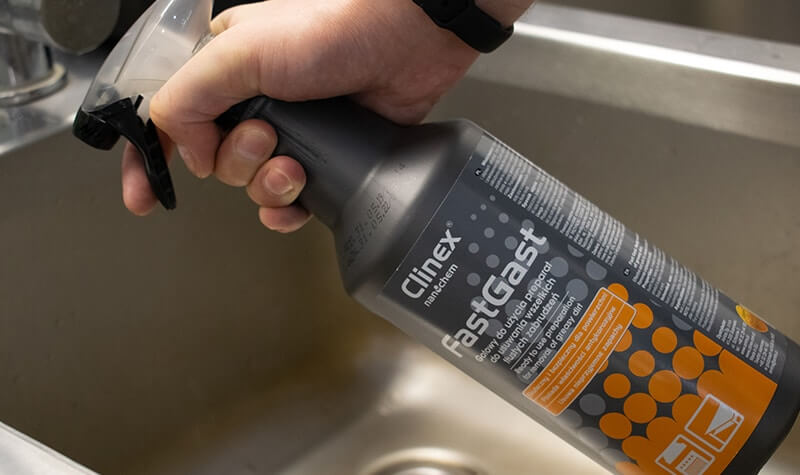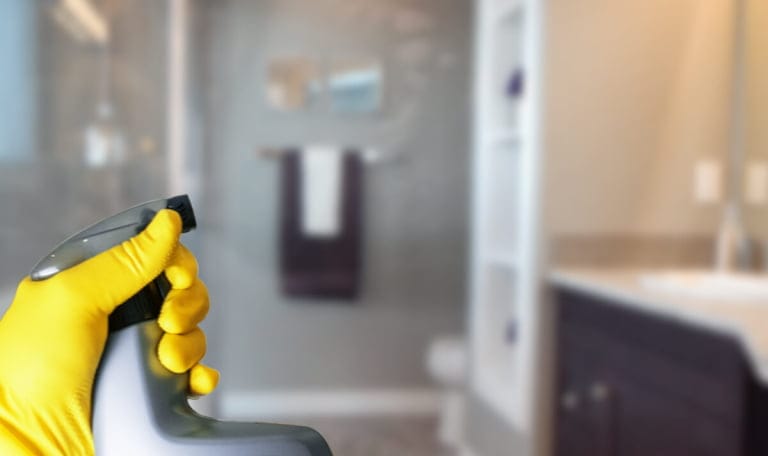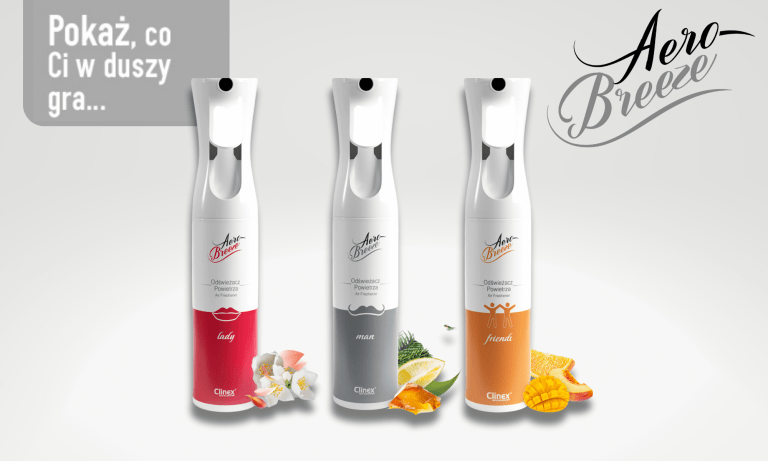For every restaurant, the priority is for each customer to feel comfortable during their visit and to be satisfied after leaving. One of the basic parameters allowing to obtain such results is cleanliness, not only in the rooms where guests stay, but also in the kitchen. Regularly keeping the kitchen clean allows you to save time, but above all, it makes serving meals easier, more efficient and safer.
Four processes – washing in kitchen rooms
The washing process involves mechanical removal of deposits and parts of microorganisms. Cleaning can be an independent process or a process preceding disinfection. In the catering industry, the basic washing processes are: manual, mechanical, foam and pressure washing.
However, if some surfaces are neglected, professional cleaning products will help. With their help, even kitchen appliances that have lost their former appearance will regain their former glory. Please note that some devices are extremely sensitive to thorough cleaning. Often, certain shortcomings manifest themselves in problems in their operation. Thanks to professional cleaning agents, it will be possible to keep the kitchen and its appliances in perfect condition.
Manual washing is a method most often used to remove dirt from tableware and kitchen equipment, GN containers and kitchen appliances. This washing is done using scourers or brushes, water and cleaning agents. The use of appropriate preparations will allow for quick removal of contamination and will make work easier.
Mechanical washing performed using mechanical devices (e.g. dishwashers, steamers or steamers). Foam washing involves applying a preparation in the form of foam to the washed surface. After waiting the appropriate time, rinse the preparation with a stream of running water. This method works very well when cleaning vertical surfaces in the kitchen, e.g. walls due to longer contact of the cleaned elements with the preparation.
Pressure washing is a process of spraying a preparation under pressure onto the surface to be cleaned. In this type of washing, the power of the detergent is supported by the pressure with which we dispense it onto the surface. This method is most often used to wash larger surface elements, such as floors, walls or doors.
Removing kitchen grease and oil stains
The Clinex Nanochem product range includes effective preparations that can be used for both hand and foam washing. The first product to look out for is Clinex Fast Gast . It is a ready-to-use product for removing any greasy dirt. Thanks to its ability to emulsify fat, it dissolves strong and persistent oil and fat stains and burnt food remains, leaving no streaks or stains on the cleaned surfaces, and thanks to the use of modern chemical compounds, it is safe for them.
If we want to wash a larger surface using foam or pressure washing, we need an effective preparation in the form of a concentrate, and here we can recommend Clinex 4 Dirt and Clinex 4 Dirt Foam. These are concentrated products with good degreasing properties. Due to its reduced foaming properties , Clinex 4 Dirt is suitable for manual and machine washing, while Clinex 4 Dirt Foam is a preparation dedicated to foam cleaning, preferably using special foaming lances for vertical surfaces that require longer contact with the cleaning agent.
How to remove burnt-on greasy dirt from the oven or grill?
When cleaning kitchen objects and tools, burnt-on grease is the most difficult to remove. They can effectively take up valuable time that could be used differently. In addition, the difficulty of removal depends largely on the type of fat. Burnt on some kitchen items looks unsightly and must be removed as soon as possible. What if removing it with classic cleaning products is much more difficult? How to deal with such and similar situations?

One of the most difficult contaminants in kitchens is burnt-on greasy dirt from the oven or grill. In such cases, a very good solution will be Clinex Grill , a very strong preparation that easily removes baked-on grease and dirt from alkali-resistant surfaces. Suitable for cleaning grills, ovens, rotisseries, grates, hotplates and gas stoves. Due to the ingredients used, remember that the preparation should be used on cold ovens and grills. When washing and cleaning kitchen rooms, you should also mention combi-steamer ovens. Clinex Smog will be perfect for this application. It is a very strong alkaline preparation for removing dirt, baked-on fat and smoke from combi-steam and smoke ovens.
When cleaning kitchen rooms, remember that most of the contaminants we may encounter are fatty contaminants that are removed using alkaline agents. The Clinex Nanochem brand products presented above are effective and easy to use. They can easily remove most of the dirt found in the kitchen. It doesn’t matter whether it’s an oven, a rotisserie or a gas stove.
Are these products safe for cleaned surfaces – safe washing?
Clinex products are safe, but they must be used as intended. Classic cleaning products used in home kitchens have much weaker effects. Professional cleaning products used in gastronomy must demonstrate uncompromising performance. That is why these preparations are so different from each other. For hand washing at home, a classic liquid dedicated to cleaned surfaces is sufficient. In professional catering this is far too little. In the kitchens of catering facilities, cleanliness is a priority, and it can only be achieved with professional chemicals.
Both regular cleaning and further cleaning of kitchen rooms require the use of appropriately selected preparations. Precise measurement of doses and appropriate use of the product and its intended purpose will allow you to quickly remove dirt and preserve the surface. Thanks to this, it will retain its shine longer.






